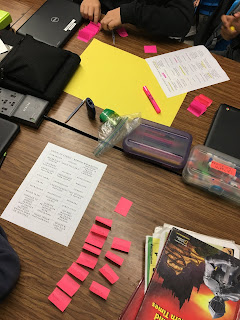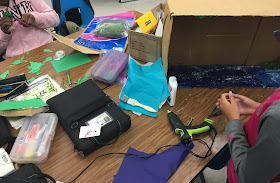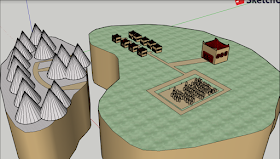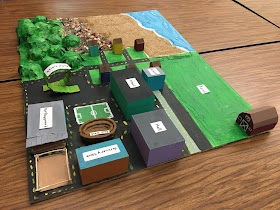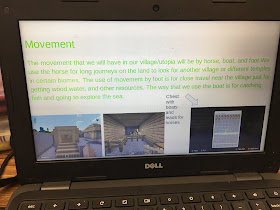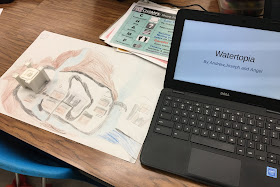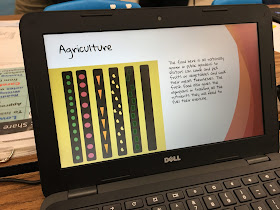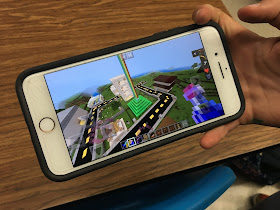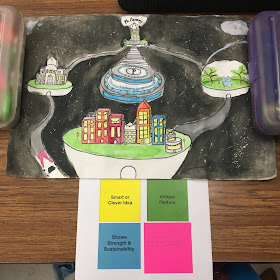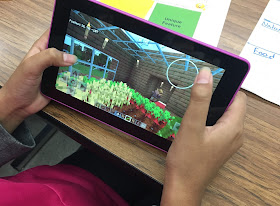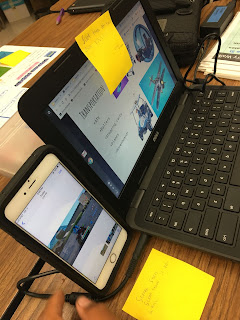Enjoy seeing how students integrate technology and art in Miss Lukins's Language Arts and World Geography classes!
Tuesday, September 17, 2019
Visible Thinking Strategies - Fall of Rome "Cause and Effect Chain of Events"
Students put their thoughts down on paper using a Visible Thinking Strategy (VTS) called "Cause and Effect Chain of Events." Students were given a list of 33 weaknesses of the Roman Empire that led to its fall, a packet of sticky notes, markers, and a piece of poster paper. Their task was to use their creativity to show cause-and-effect examples leading to the fall of Rome. Using higher-level thinking, students had to first categorize weaknesses and then put them in an order showing cause-and-effect that they could easily argue and support with evidence. Then, they chose their "Top 3 Reasons for Rome's Fall" and argued their positions in writing using citations from their research. Below, enjoy their creativity, interaction, discussion, and debates as they put their thoughts to paper!
Saturday, September 14, 2019
Narrative Art - Telling History Through Art
STEAM 🔬 💻 🏗 🎨 📊 in Language Arts 🎭& World Geography 🏺class! Collaborative Teams design and create art pieces based on civilizations’ narrative art but showcasing an American theme! 🇺🇸 A project to CREATE using Sketchup & 3D printing, CNC router carving, clay sculptures, and more! They design—and even 3D print—jewelry inspired by ancient Africa, the Aztecs, and Inca!
Tuesday, September 10, 2019
Utopian Society Project
"Utopia" is defined as "any real or imaginary society or place considered to be perfect or ideal." In this project, students were challenged with creating their own version of "utopia" addressing one of the following scenarios:
- If you were one of the first humans to exist on earth, where would you live?
- Which REAL historical civilization would you want to join?
- Where would you live in a zombie apocalypse?
- How might a futuristic society successfully thrive?
- If you were to create an imaginary utopia, where would it be?
Students both illustrated and explained their ideal society using several components of geography: location/landforms, climate, waterways, natural resources, food, movement, connections, architecture, communication, and entertainment. Students utilized technology including Google Earth, Google Translate, Google docs and even Minecraft to design their version of utopia! Some students even built their utopian societies as 3-D models...even out of cake! Then, students shared their Utopia Projects during a Gallery Walk in which they wrote compliments on post-it notes for each others' projects. Enjoy these creative worlds below:






